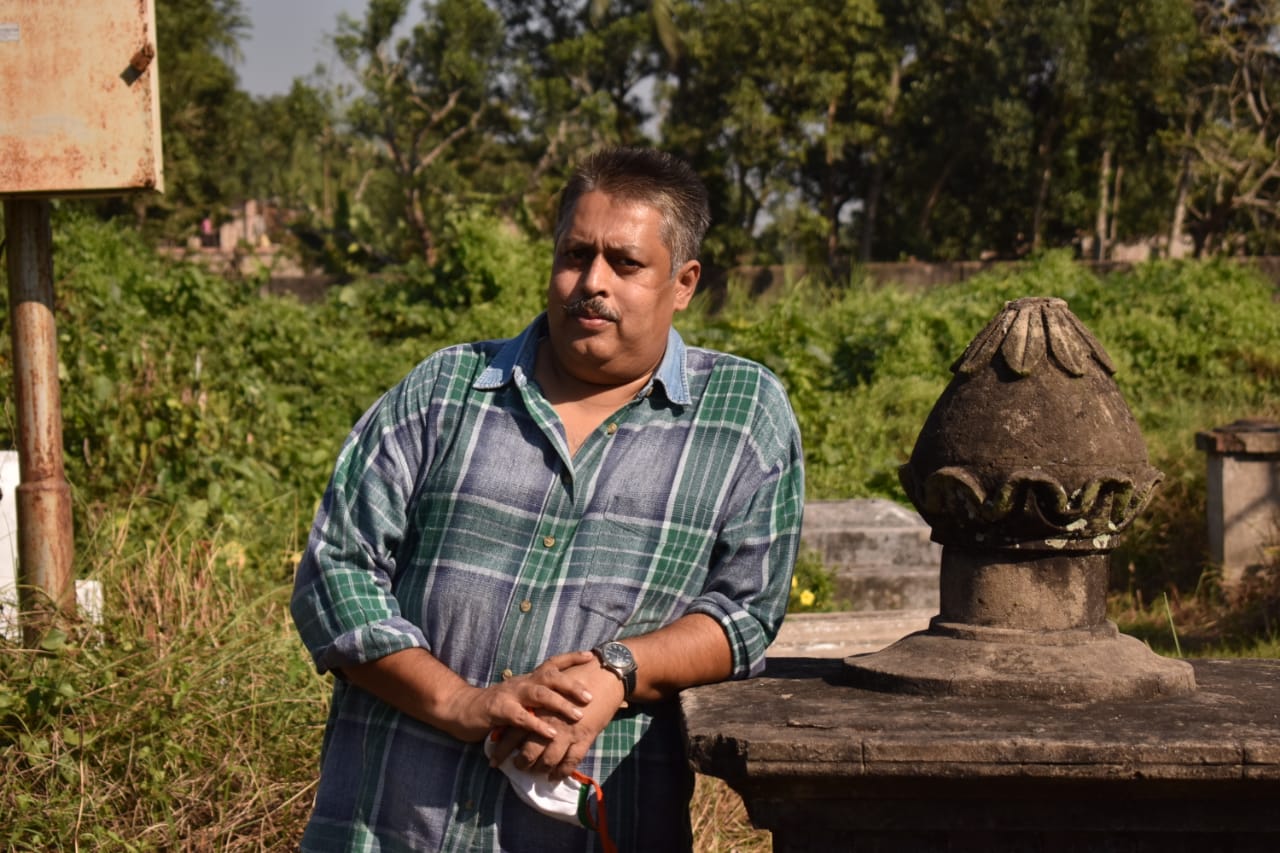Varanasi ghats sinking due to over exploitation of groundwater, reveals BHU study
The scientist said Varanasi witnessed rapid urbanisation in recent years as people migrated from rural areas in search of a better life. This has put immense pressure on the ground water level.
